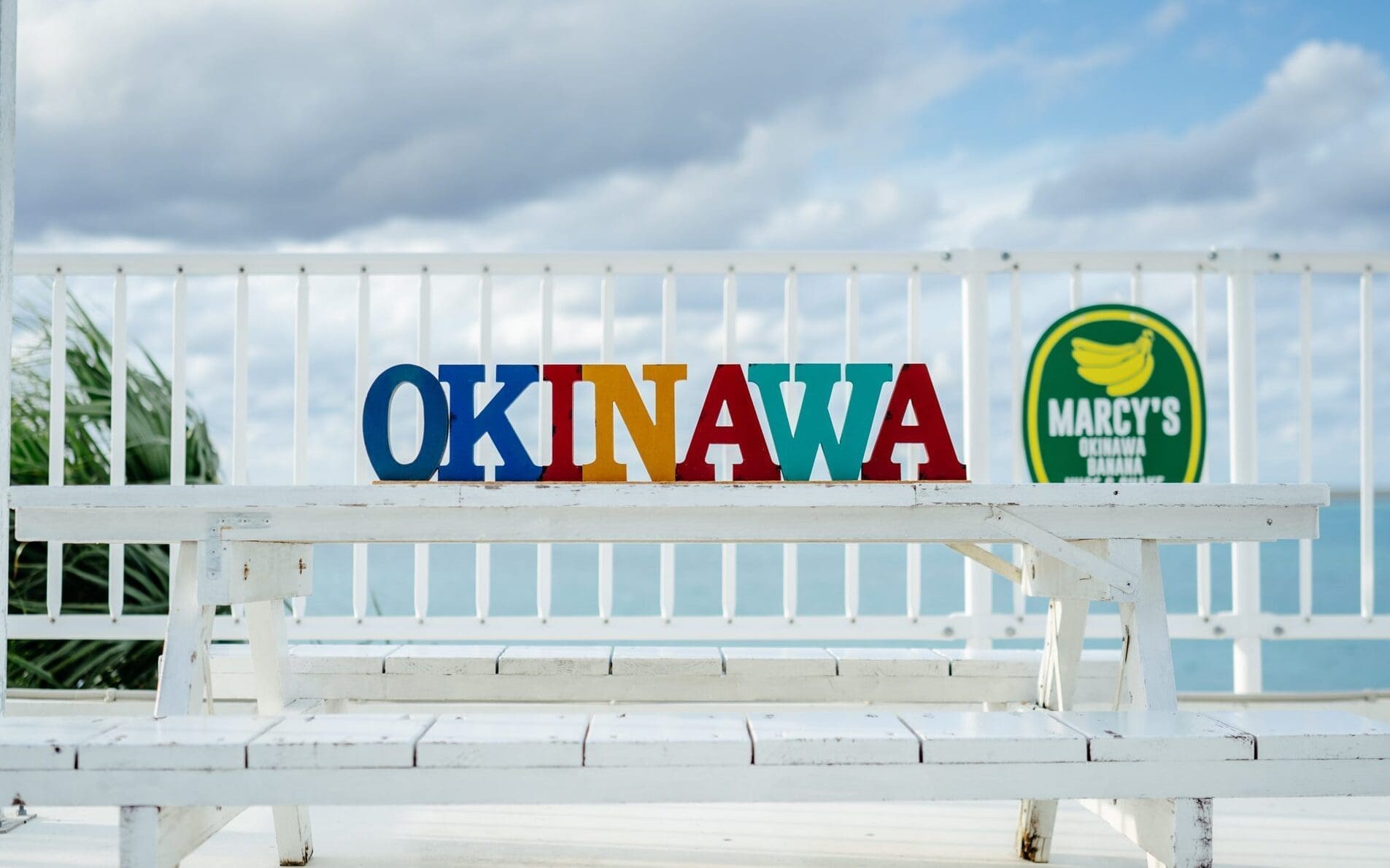Table of Contents
Introduction to Okinawa
This is your Ultimate Okinawa Travel Guide. Okinawa is a vibrant island prefecture of Japan nestled in the azure waters of the East China Sea. The “Hawaii of Japan” boasts a rich tapestry of history, culture, and natural beauty. Our family (On our mom’s side) is from this part of the world. We had the pleasure of living here for 9+ years. With a lineage steeped in the Ryukyu Kingdom, Okinawa’s unique cultural identity has changed dramatically over centuries. The Okinawan culture blends indigenous traditions with influences from China, Southeast Asia, and Japan. This enchanting destination is home to two UNESCO World Heritage Sites, including the Shuri Castle, representing the heart of Ryukyuan history and the Yanbaru forest up north representing the unique natural landscape of this part of the world. Okinawa’s world-famous longevity (It boasts more centenarians than any other part of the world) is often attributed to its healthy lifestyle and nutritious diet, highlighted by iconic dishes like Goya Champuru and Rafute. Visitors to Okinawa are captivated by its stunning landscapes, diving and cuisine. The warm hospitality and resilient spirit of its people is another amazing aspect of this island making it a captivating destination for those seeking a harmonious blend of history, culture, and culinary delights.
Podcast
(Listen while you read)
Top things to do in Okinawa
Local foods to eat
History of Okinawa
This can be where we provide some context from the history and culture relating to the UNESCO sites
Provide more information that we have gathered and can just provide some cool information and fun facts that we want to talk about the history and UNESCO sites.
Itinerary
People probably most care about itinerary and things to do first so I would have that posted here. If you want to post multiple options like 1-2 days, 3-5 days, 5-9 days and 14 plus days that might be helpful or we can just do a generic 7 day itinerary initially. We would want to share what we have done or things that are recommended but didn’t have time to do ourselves. whatever we want really.
Conclusion:
Might be useful to give our opinion of what we liked, didn’t like, what we would do differently. Maybe we can provide how much we spent or just whatever we want to say as final thoughts.
Mitchell: Welcome to the Adventure Theory Podcast
Brendan: Today we will be talking about the “Hawaii of Japan” Okinawa.
Mitchell: We have lived in Japan for 5 years and our parents lived in Okinawa for almost 10 years.
Brendan: we have a few insights, recommendations and ideas that might help your next trip to Okinawa
Mitchell: it’s truly an underappreciated gem of a vacation spot, let’s get this started.

Delve into our exclusive free packing list to ensure that you never forget anything on your next trip again.
We made it easy for you to download this file so that you can use it or change it for your own personal adventure!
About Us
We are Adventure Theory, LLC.
We offer a unique and thrilling experience for those seeking travel tips, adventurous photography or elopements.
We are an experienced team of professionals, capturing stunning photos and providing personalized service for every client.
With a focus on adventure, we strive to create unforgettable moments that will last a lifetime.
Our travel blog provides tips and insights for exploring new destinations and experiencing new cultures.
At Adventure Theory Media, we believe that life is an adventure and we are excited to share that philosophy with you through our travel blog, and adventurous photography.
Interested in hiring us? Contact Us Here
Mitchell & Brendan Phelps (8)
We are the Phelps brothers, Mitchell and Brendan. We have been passionate about capturing the world since we went to our first UNESCO World Heritage Site. almost 20 years ago. Follow along as we talk about cool places to visit, elopement locations, cultural "must dos" and hole in the wall travel locations.













